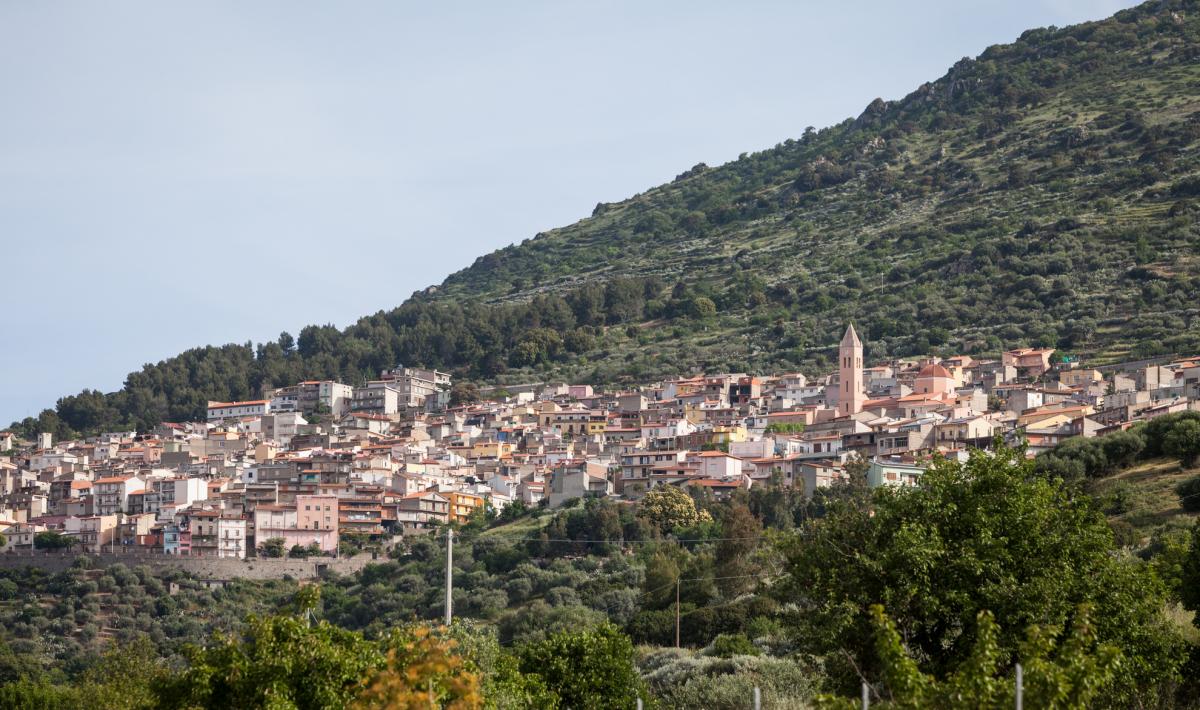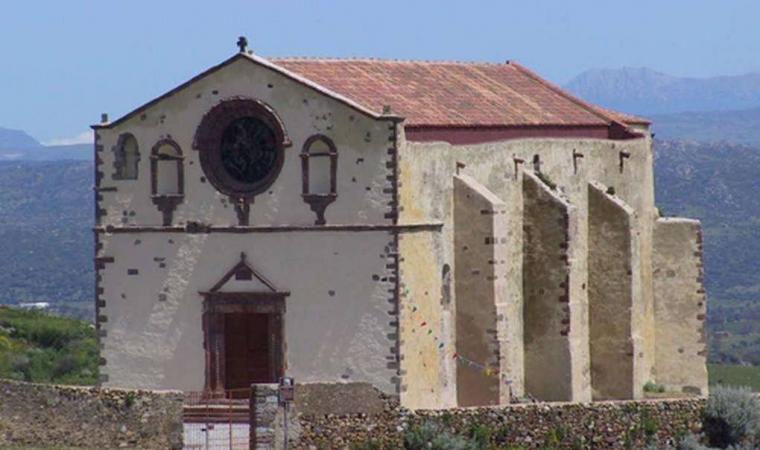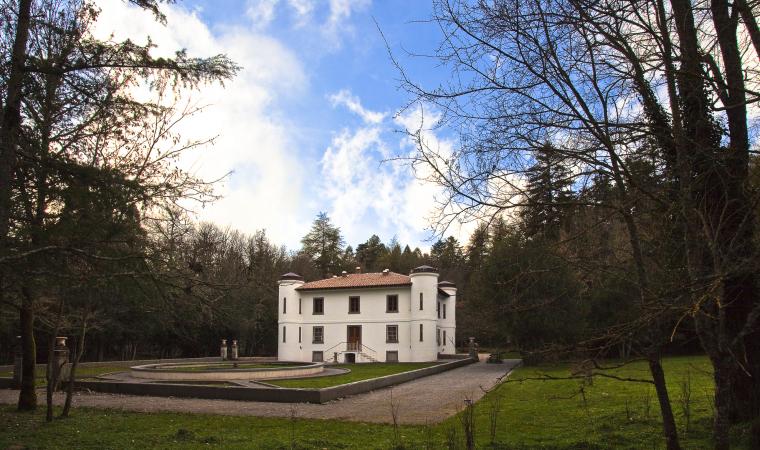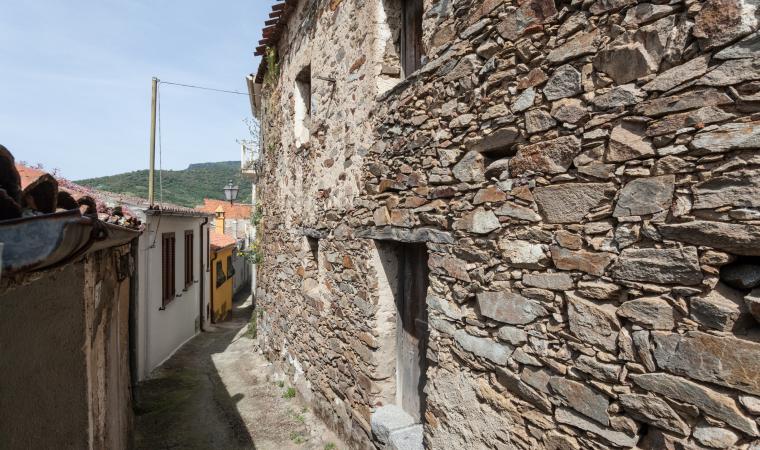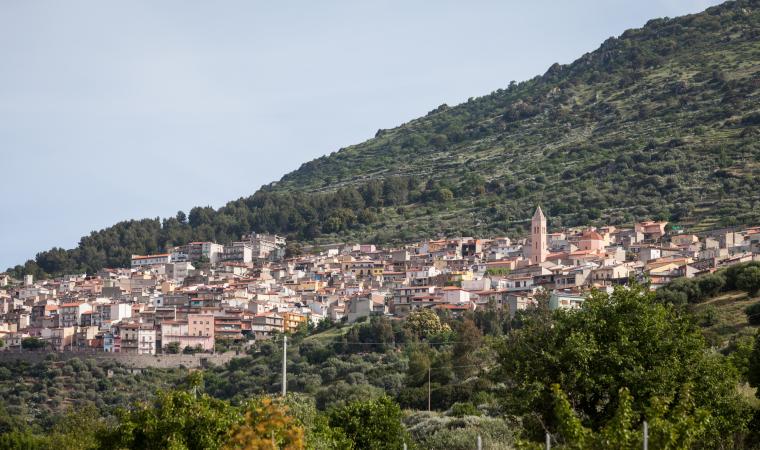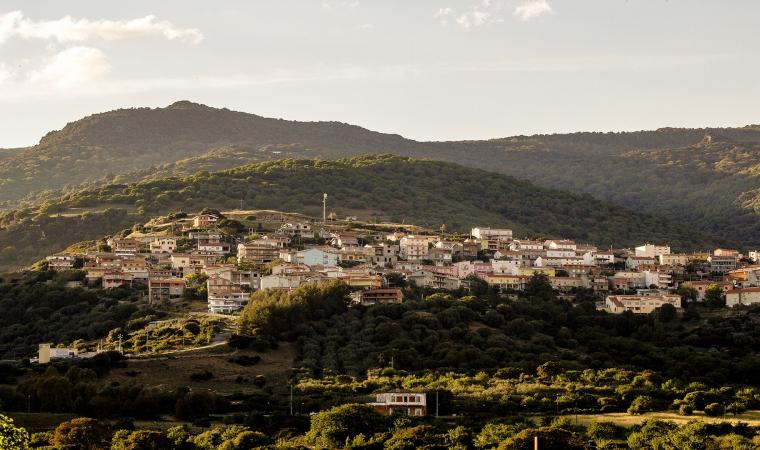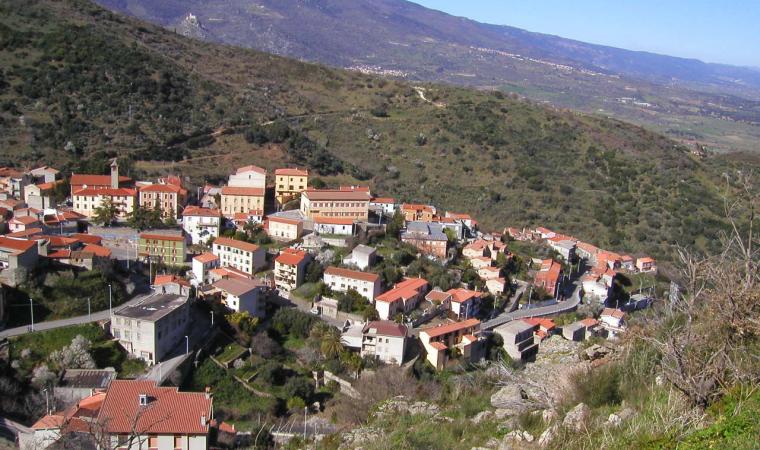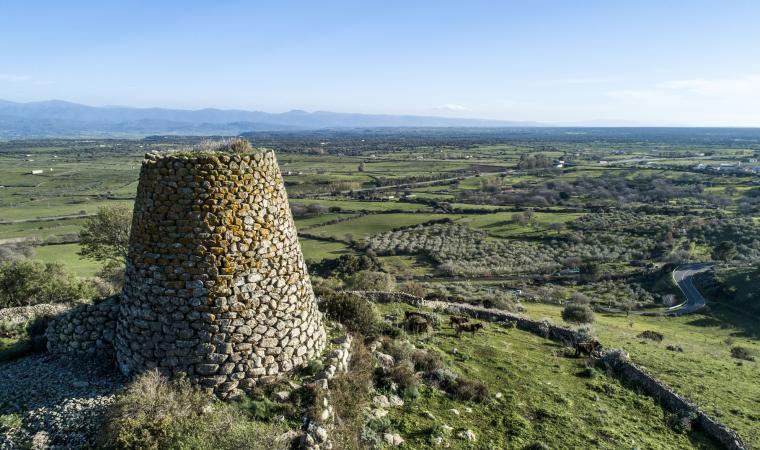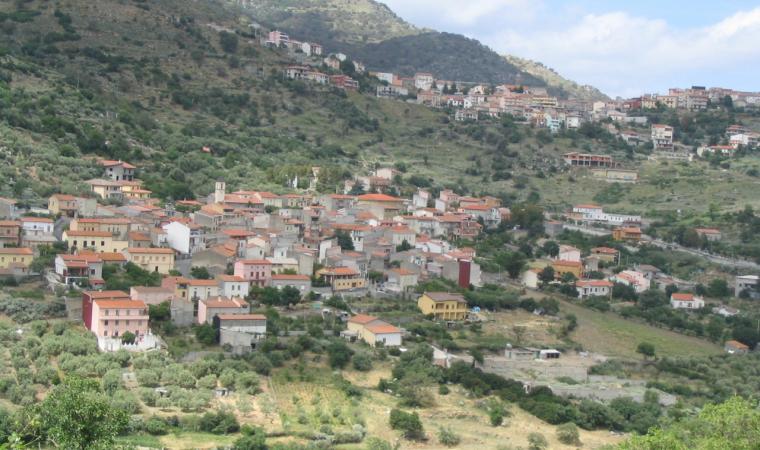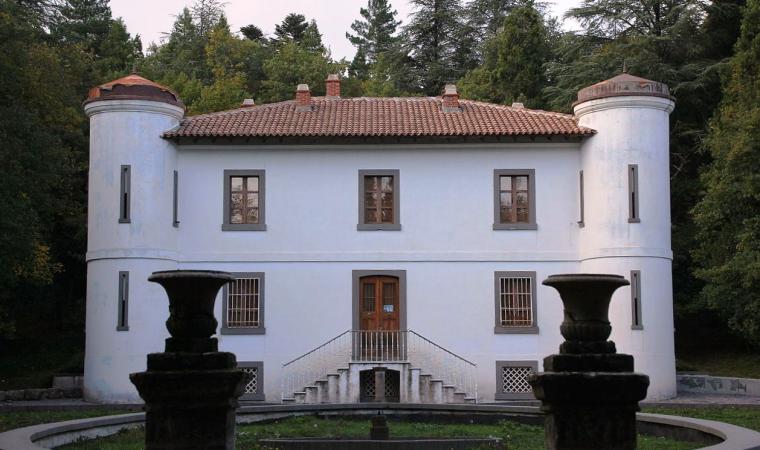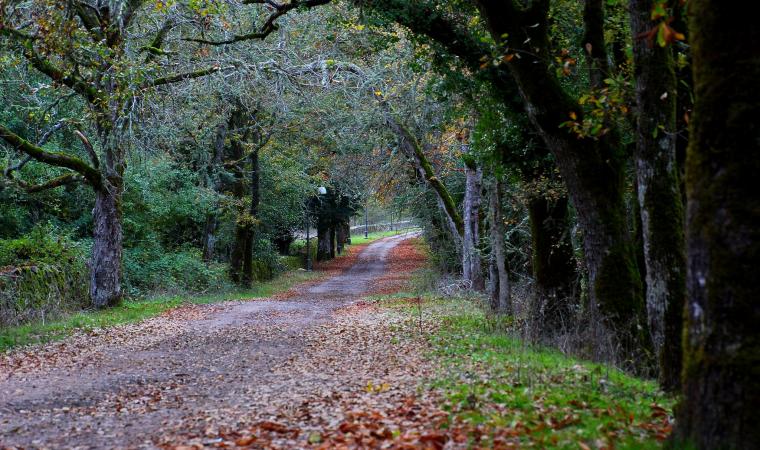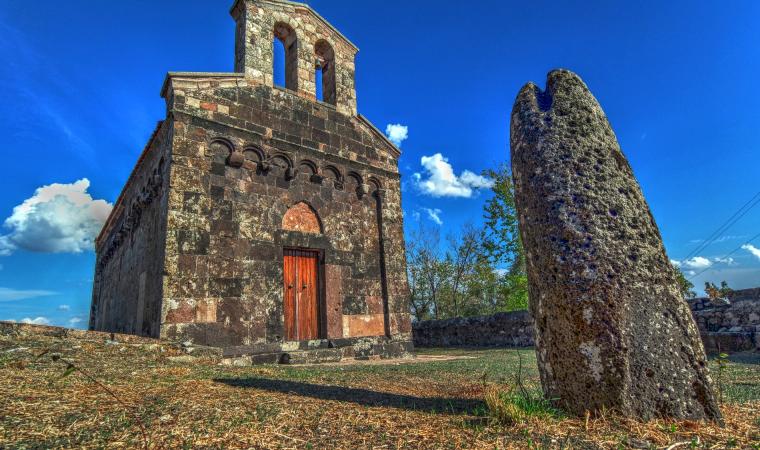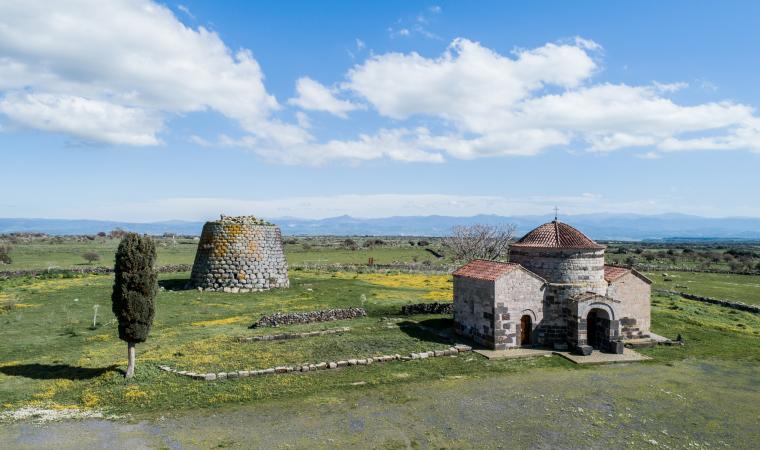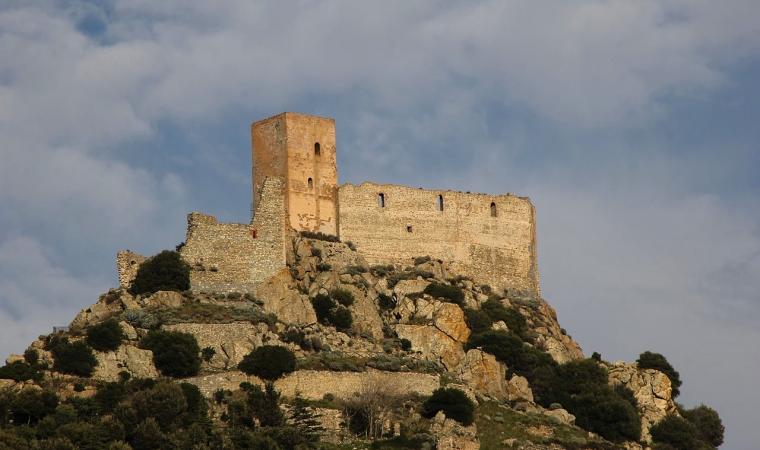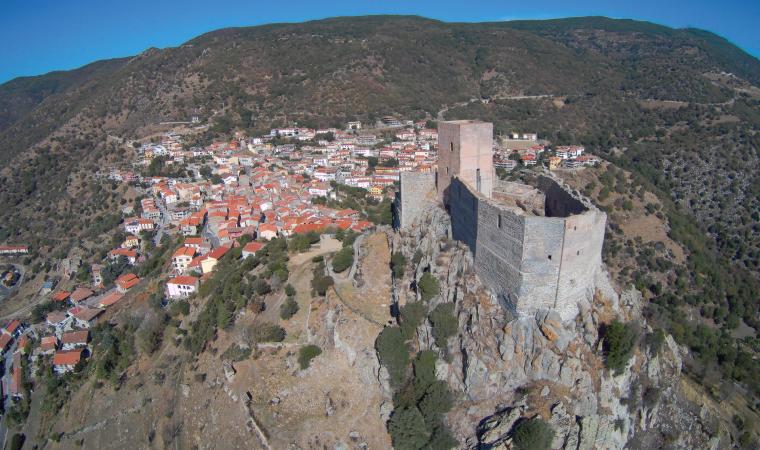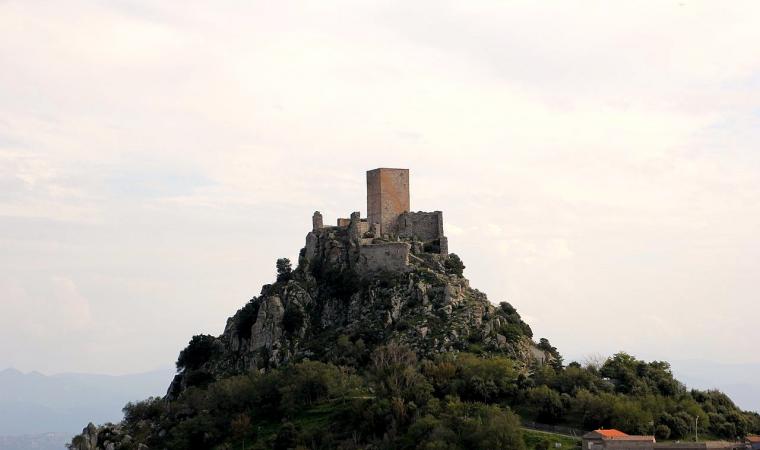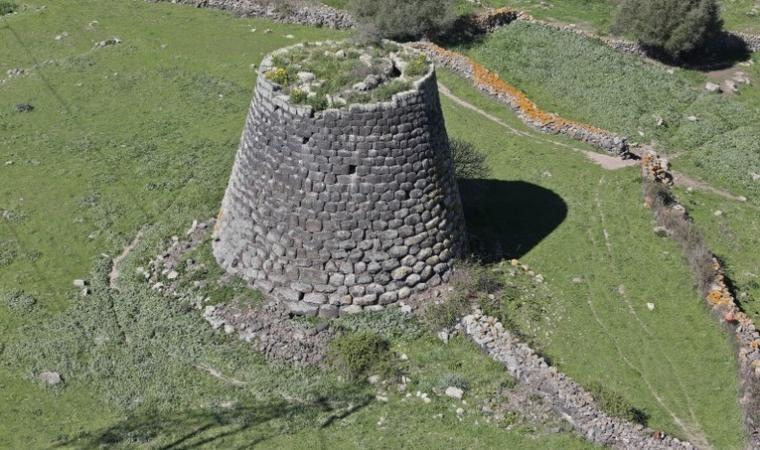Once famous for its wheat, the town is now known for its rugs, and has been part of the Borghi autentici d’Italia circuit since 2012. Bolotana has around 2600 inhabitants and is located on a hilltop, including a vast area running from the Marghine mountains to the middle valley of the Tirso, including the hills and forests of Badde Salighes and Ortachis along with the village of Santa Maria ‘e Sauccu. The setting has a range of different landscapes, with numerous springs that feed the River Coghinas, River Temo and River Tirso. Thanks to the fertile land, in the past the town was known as the granary of the province of Nuoro.
It's ancient name, Golòthana or Golòssene, which is still used in the nearby towns, first appeared in 1341 in the Rationes decimarum. The historic centre has medieval architecture with narrow and irregular roads that form an intricate "tangle".
The art of weaving made Bolotana one of the most important producers of Sardinian rugs, made using horizontal looms and characterised by the colours yellow, black and red and for their geometrical patterns. Agricultural tradition is expressed in local products such as oil, mirto, bread and homemade pastries. The town is also known for its strong religious devotion, and you'll find the sanctuaries of San Pietro and San Giovanni, both celebrated in late June, San Basilio, celebrated in late August, and above all, in the countryside, the Church of San Bachisio, celebrated by thousands of worshippers twice a year, in early May and early October. Other unmissable celebrations are the Fuochi di Sant’Antonio Abate bonfire (16 and 17 January and the moving Holy Week rites: the via crucis, Palm Sunday, s’Iscravamentu and s’Incontru. Since 2007, Bolotana has been a destination for rock and metal music lovers, thanks to the Rock&Bol festival.
The area has been inhabited since prehistoric times. There is an incredible concentration of pre-Nuragic and Nuragic settlements: dolmen, ritual circles at Ortachis, domus de Janas at sas Perdas de Zancànu and Puddèrigos, Giants' tombs, holy wells and forty-odd protonuraghes and Nuraghes, some built at altitudes of up to 1000 metres. The Tittiriola Nuraghe, with a single tower, dating back to between 1600 and 1000 BC and built out of blocks of basalt, is particularly noteworthy, overlooking the territory from a plateau. The tower is ten metres tall and has a circular floorplan (14 metres in diameter). The central chamber is intact: it has three niches, an entrance with architrave and passageway with stairs. It was surrounded by a large village. Traces also remain of later periods, the Punic (Fort of Pabude), ruins of Roman villas and Byzantine remains. On a more modern yet still famous note, the Liberty style Villa Piercy was built in the countryside in the late 19th century by engineer Benjamin Piercy, who designed the Sardinian railways. It is surrounded by a lush garden of exotic plants, which he brought back from his travels abroad.

